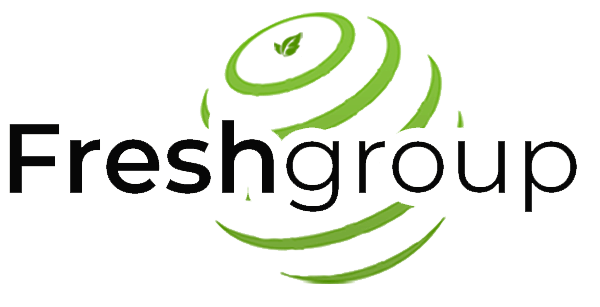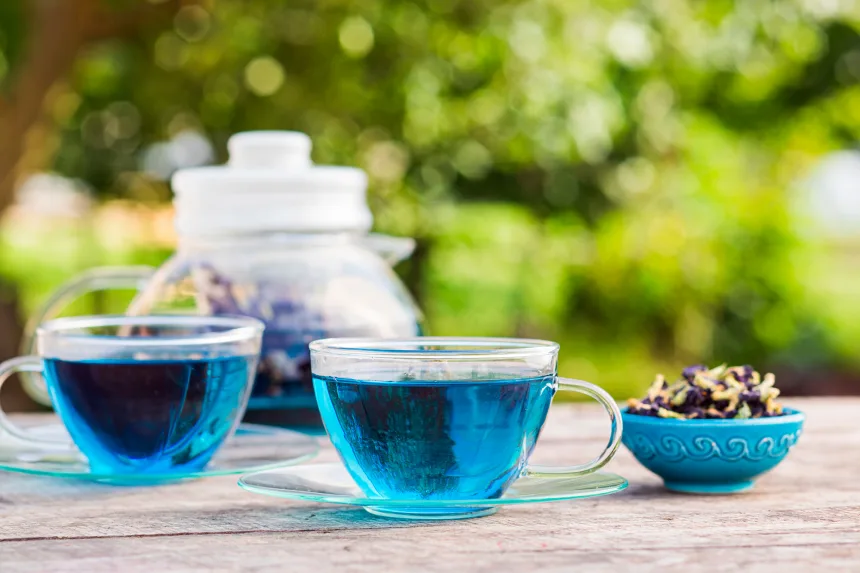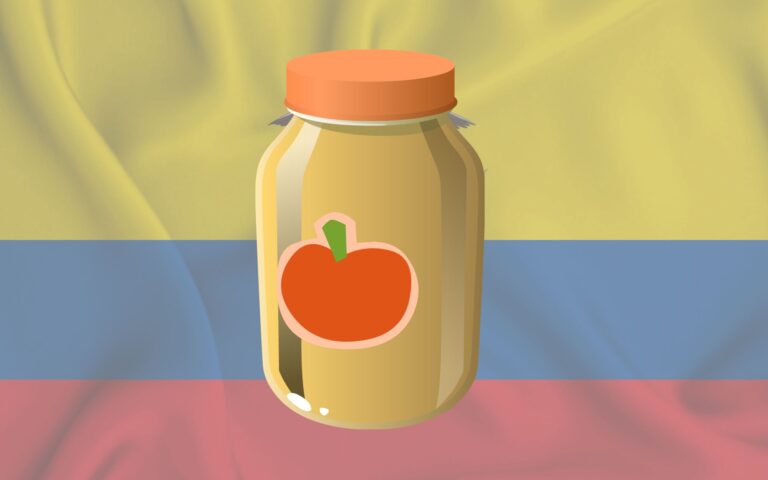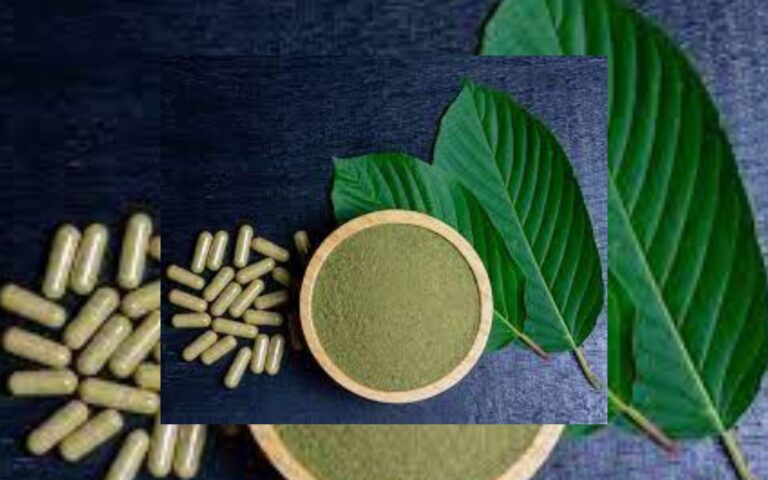The U.S. Food and Drug Administration (FDA) has approved three new color additives derived from natural sources, offering food manufacturers safer alternatives to synthetic, petroleum-based dyes. This move supports the U.S. Department of Health and Human Services’ (HHS) broader initiative to Make America Healthy Again, a priority championed by HHS Secretary Robert F. Kennedy Jr.
“Today we take a major step to Make America Healthy Again,” said Secretary Kennedy. “For too long, our food system has depended on artificial dyes that offer no health benefits and may carry risks. By eliminating petroleum-based dyes and approving natural alternatives, we’re helping protect families and promote healthier food choices.”
Following last month’s joint HHS-FDA press conference on phasing out synthetic dyes, several U.S. food companies have pledged to remove these additives by the FDA’s deadline at the end of next year.
“On April 22, I committed to approving new natural color additives—and we’ve delivered,” said FDA Commissioner Martin A. Makary, M.D., M.P.H. “Our team has worked rapidly to publish these decisions, signaling our strong commitment to transitioning away from synthetic dyes and supporting the industry with safe, natural options.”
The newly approved color additives are:
- Galdieria Extract Blue
A vivid blue coloring derived from Galdieria sulphuraria, a type of unicellular red algae. Submitted by the French biotech firm Fermentalg, this additive is now approved for a wide range of products including:- Beverages (nonalcoholic drinks, smoothies, fruit and vegetable juices, milk-based drinks, and nutritional beverages)
- Dairy and non-dairy items (yogurt, ice cream, whipped toppings, milkshakes, and creamers)
- Baked and frozen goods (frostings, frozen fruits, popsicles, puddings, and custards)
- Sweets and snacks (candies, chewing gum, cereal coatings)
- Butterfly Pea Flower Extract
Extracted from the dried petals of the butterfly pea plant, this colorant produces a spectrum of shades—from bright blue to deep purple and natural green. Previously approved for beverages and sweets, the FDA has now extended its use, based on a petition from Sensient Colors LLC (St. Louis), to:- Baked snacks (ready-to-eat cereals, crackers, hard pretzels)
- Chips (plain potato chips, tortilla chips, corn chips, multigrain varieties)
- Snack mixes and coated nuts
- Calcium Phosphate
A white pigment approved for use in:- Ready-to-eat chicken products
- White candy melts
- Doughnut sugar
- Coated candy sugars
This petition was submitted by Innophos Inc., based in Cranbury, New Jersey.
How the FDA Approves Color Additives
Under the Federal Food, Drug, and Cosmetic Act (Chapter VII, Section 721), all color additives must be evaluated and approved by the FDA before they can be used in food. The agency assesses the safety of each additive by examining:
- Estimated dietary exposure
- Toxicological data
- Scientific literature and other relevant information
Once a color additive is approved, it becomes available for use by any food manufacturer within the specified conditions.
Source: United States Food and Drug Administration (FDA)
Reach out to Fresh Group Food Safety And Quality Consulting for any inquiries related to food quality and safety.




